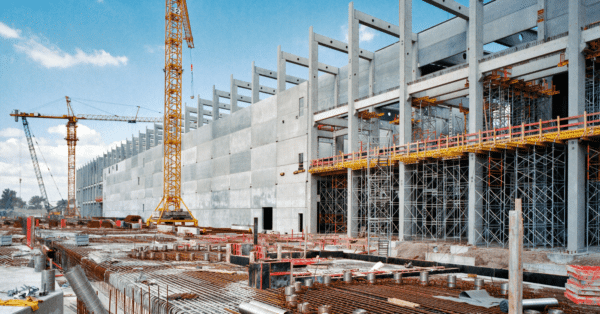A year of yawn is not a bad thing. As a matter of fact, it’s a very good thing, at least for California. Our state had an excellent year in 2015, adding 400,000-plus new jobs and over 350,000 in population. Personally, I’d be happy to see a repeat of this in 2016.
First, let’s talk about population. We start out with natural household formation. That, simply put, is what’s left when you subtract deaths from births. In California in 2015, we had 500,000 births and 250,000 deaths. In addition to natural household formations, we have the gains that result from more folks moving into the state than out. Former Texas governor Rick Perry won’t take this news well, but
in 2015, there was a net gain of 100,000 persons who opted to move here rather than Texas.
So, in total, California gained about 350,000 persons in 2015. That, of course, has several ramifications. The new additions are consumers and workers who pay taxes (well, at least, most of them do). Many are entry-level workers that the state desperately needs to keep its well-oiled economy running smoothly.
As a footnote, California added more population in 2015 than 34 of the 50 states combined. The key to enticing folks to move to California (other than what is arguably the best weather in the nation) is jobs and that we have aplenty. Since coming out of the 2006-2009 funk, this state has added 1.8 million jobs, an average of 350,000 annually.
The raw jobs number doesn’t mean much, but consider this: California averages1.6 jobs per household and those new jobs supported almost 300,000 new households in 2015. Assuming that people can actually find a place to live, these new households create the revenue stream that results in a booming economy.
The really good news is that a substantial number of the newly created jobs were in the Business and Professional category, which includes all of the high-tech, research and development, and other high-paying professional jobs.
Leading the way are the three mega-counties of Southern California: Los Angeles, Orange and San Diego. These three counties have added 150,000 Business and Professional jobs since 2010. In second place, the nine-county San Francisco Bay Area has added more than 100,000 jobs in this category. Almost all of those jobs are in three counties: San Francisco, San Mateo and Santa Clara. That’s definitely a sign of good health.
The only weak link in the economic chain in California is construction. In 2006, there were 934,000 persons working in the construction industry in the state. That category only includes folks directly working with bricks and mortar. It does not include the myriad of people in architecture, engineering, finance, marketing, administration, title and escrow, and consulting.
By 2012, that number had slipped to fewer than 600,000. Only now is it beginning to recover. In 2015, the total employment in the industry was 720,000, which is still 200,000-plus jobs down from the 2006 peak.
This paucity is very unusual because construction almost always leads the way in a recovery. Construction leadership relates to the 2:1 multiplier effect that is part of the DNA of the construction industry. For each dollar invested in construction, there is an enormous impact in the larger economy, because the dollar is usually leveraged by 70-80%. That’s a lot of bang for the buck.
In 2015, California had its best year in housing production since the recession, nearly reaching the 100,000-unit mark. Developers permitted 45,000 single family and 55,000 multi-family units. Most of the multi-family units were apartments, as opposed to condominiums.
Now, as glorious as that 2015 production level is, it is wildly below that of the mid-2000s, when production hit more than twice the 2015 level. In fact, in the period between 2000 and 2007, California developers permitted 1.35 million housing units. Since 2008, they have produced 510,000 units, one-third the output of the 2000-2007 years.
Now let me gaze into my crystal ball and take a look at 2016. The state will once again gain more than one-third of a million persons. New jobs will probably not reach the 2015 level, but will still top 300,000.
Construction will climb to the 120,000-unit level, with about the same level of single-family production and, for the first time in a decade, condominium development will rear its vertical head, with strong renewed activity in Los Angeles and the Bay Area. Apartment construction will continue unabated both in central cities and the suburbs.
And, oh yes, interest rates will remain wonderfully low.
Overall, 2016 will be a year of yawn, a near-clone of 2014 and 2015 and that’s an agenda that most states would kill for.
As Al Jolson sang in the movie “Bombo” in 1921:
“When the wintry winds are blowing and the snow is starting to fall,
Then my eyes turn westward, knowing that’s the place I love the best of all.
Open up that Golden Gate.
California here I come.”
This article was originally published by Xpera Group which is now part of The Vertex Companies, LLC.







